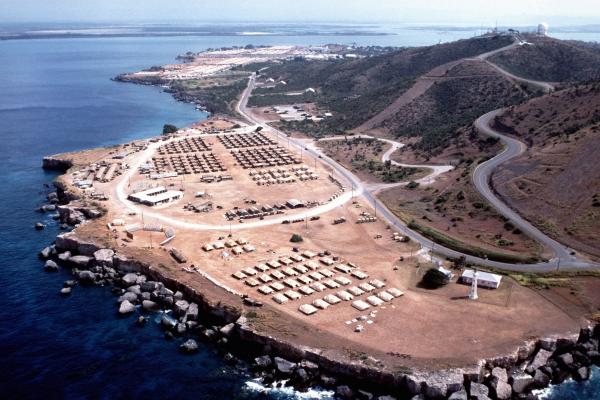We are in Cuba. More specifically, 14 members of Witness Against Torture are in the Department of Guantanamo, at the Mirador overlooking the U.S. Naval Base. We are being hosted by the staff of La Gobernadora restaurant and lounge. From the lookout, we can see the U.S. base that has occupied more than 100 square kilometers of Cuban land for more than a century. We can orient ourselves toward the camps where the Abd and Mohammed and their brethren are being held. We are camping. We are praying. We are acting. We are transforming a random international tourist spot — one more site to click photos, drink a beer, and move on from before heading to the beaches — into a place to honor and connect and extend ourselves toward the men our nation has demonized and then forgotten.
Read the Full Article

